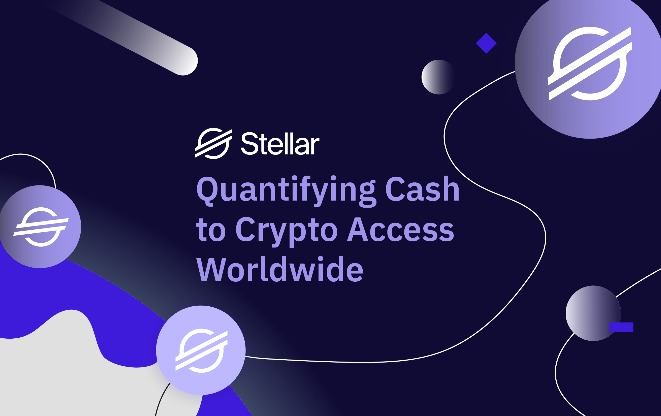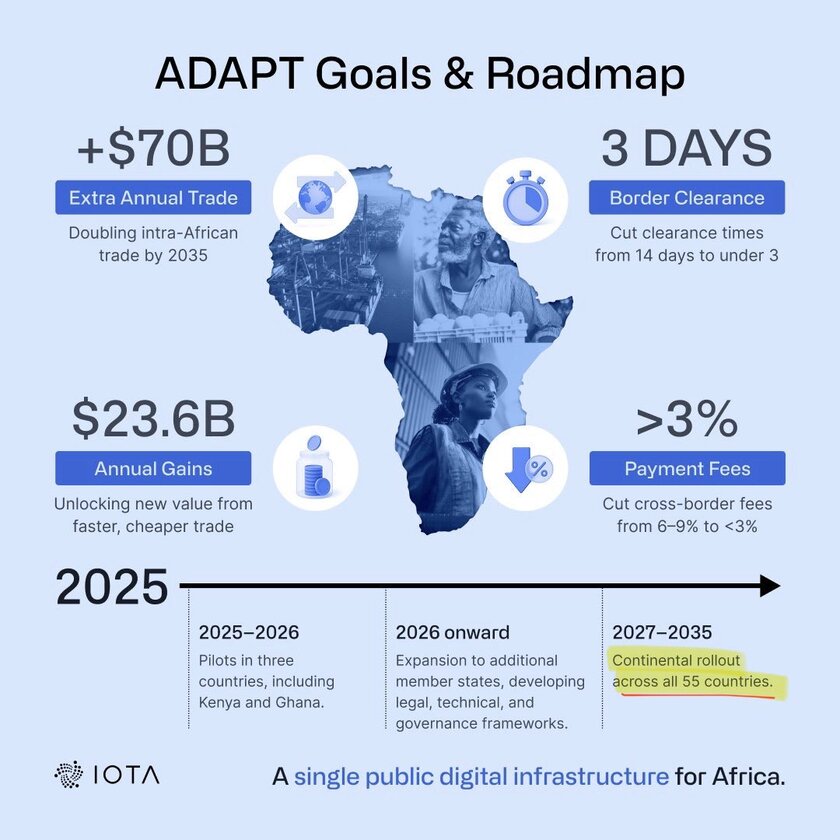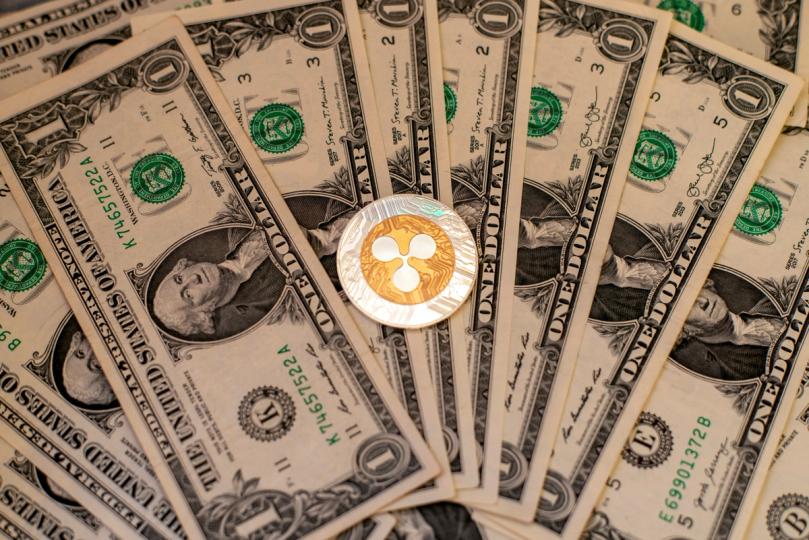And while value can stay parked in one place and even grow, whether it be a checking account, digital wallet, or piggy bank, value is only useful if people can actually use it.
This is where on and off-ramps come in. Crypto is often touted as democratizing access to financial services for underbanked and unbanked people worldwide, but much of the world – roughly 2 billion workers in the informal economy, or over 60% of the world’s adult labor force – don’t have access to financial services required to easily use these digital assets. To them, they’d prefer cash because they can use cash.
Why do cash-to-crypto on and off-ramps matter?
People living in cash-based economies often don't have access to bank cards or accounts. But having access to cash-to-crypto on and off-ramps enable them to hold digital assets, making it viable for them to access financial services such as P2P payments, cross border payments, and value storage – all use cases that might not be possible in a purely physical financial world where their cash can’t travel globally, 24/7.
By converting from cash to crypto, people can do more with their cash than they could before.
But to date, these on and off-ramps have been a largely deprioritized piece of the global financial infrastructure. The potential of crypto and blockchain cannot be fully realized until there are more easy, accessible ways for people to get value both into and out of the digital economy.
The Stellar network is making this happen, one on and off-ramp at a time.
The state of cash-to-crypto on and off-ramps
To better understand how large a role on and off-ramps play in today’s financial systems, SDF commissioned The Block to conduct data-driven research quantifying cash-to-crypto access worldwide. By leveraging publicly available data and the services of data aggregators, The Block was able to quantify the level of access to cash-to-crypto on and off-ramps, a segment of blockchain-based financial services, across different blockchains.
The Block also looked at over 100 third-party service providers (e.g., financial institutions such as MoneyGram International) to determine the number of access points they provide to public blockchains, which blockchains they offer access to, and where they are located.
So what does the research say? The details are illustrated below:
Stellar network leads cash-to-crypto accessibility in off-ramps and in the total number of global on and off-ramps
Generally, the total number of on-ramps outnumber off-ramps by a large margin. It makes sense; after all, they’re servicing higher demand for people to enter a new emerging industry. There's an appetite to onboard, use crypto, and innovate with blockchain.
However, digital assets don’t possess broader utility in the physical economy in part because the number of off-ramps does not match up with the number of on-ramps (yet). While onramping makes it easy to deposit and store value for future use, being able to extract it for everyday use cases is just as important.


The Stellar network far outpaced Bitcoin and other blockchains when it came to the number of off-ramps: a staggering 322,000 [as compared to Bitcoin in second with a distant 98,208 off-ramps]. Due to the extensive Stellar anchor network, financial institutions all across the world are plugging into the digital economy, providing their users an easy path in and out of the digital economy. The role of the first-of-its-kind MoneyGram Access service on Stellar is particularly noteworthy, with the report calling out that MoneyGram is the single largest provider of on and off-ramp access. With the Stellar network’s emphasis on real-world utility, it is vital for the network to close the last-mile for end users as much as possible, whether that be through on and off-ramps or other solutions.
Combining the number of on-ramps with off-ramps, the Stellar network led the pack in terms of the absolute number of cash-to-crypto ramps (475,000+) out of all the blockchains examined in this report.
The Stellar network fills a critical gap in cash off-ramps globally
The Block Report points to an overall cash-to-crypto ramp accessibility challenge in under-served regions specifically. According to the Report, the cash-to-crypto ramp coverage in Africa, Asia, and South America is highly limited compared to coverage in North America and Europe across practically all assets and blockchain networks.

This disparity is particularly noticeable with respect to off-ramps. Outside of North America and Europe, people are unable to easily withdraw the value they’ve stored digitally, making digital assets inconvenient for everyday use.

However, the Stellar network proves the exception when it comes to off-ramps, and the network is readily filling this gap in the Asian, African, and South American markets. In these under-served regions, the geographical distribution of cash-to-crypto ramps on the Stellar network is far ahead of other networks.
The report found that compared to other networks, the Stellar network has a uniquely extensive and globally distributed network of cash-to-crypto on and off-ramps that can be used. It is also a uniquely accessible service, as users don’t need a bank account or credit card to leverage it.
However, there is always opportunity to build on and off-ramps more evenly across geographies. And as long as SDF’s mission remains to create equitable access to the world’s financial systems, we will commit to supporting Stellar’s vibrant ecosystem in building and growing solutions on the network so that more of the unbanked and underbanked around the world can access these on and off-ramps.
Leading the charge in cash-to-crypto on and off-ramps
Trends run rampant in the crypto industry, and while products and services have proliferated to give people the ability to participate in the digital economy, the same can’t be said for making crypto useful for the real world. This report illustrates much of that disparity, with large swathes of the world population unable to translate their digital value into fiat. But where there’s disparity, there’s opportunity.
Let’s talk about a more interconnected world and change how we build.
For consumers, the breadth of the on and off-ramp services available on the Stellar network means more worldwide access to financial services powered by the blockchain and digital assets. The Stellar network is the leader in on and off-ramps. By choosing Stellar as their blockchain of choice, MoneyGram International built MoneyGram Access™ to provide users in over 180 countries the ability to convert crypto into local currency for instant pickup at participating MoneyGram locations – no bank account needed.
As for technical solutions, it’s easier than ever to become an anchor on the Stellar network. Through the Stellar Anchor Platform, companies offering financial services, such as on and off-ramps and cross-border payments, can connect their payment services to the Stellar network via one integration of the Stellar Anchor Platform.
Even with the Stellar network being the global leader in terms of the absolute number of on and off-ramps, there’s still a lot of ground to cover. Join us as we help businesses and builders realize their visions to create a more connected world, where everyone, no matter who they are or where they're from, has the chance to thrive. After all, that's the true utility of Stellar.
Dig into the insights of The Block report here. You can also learn all you need to know about on and off-ramps on the Stellar network here.





























